The municipal territory of Algua with the main village extends along the right bank of river Serina. The route of the Mercatorum Way, arriving from the Ambriola Valley, therefore runs along this slope, connecting a number of hamlets halfway up the hillside, such as Pagliaro and Frerola, then descending again to the bottom of the valley and entering the municipality of Serina at the bridge over the Valle Scura valley. The route alternates between asphalted, but low-traffic sections of road (except for the final stretch on the SP 27 provincial road), and stretches of ancient pedestrian paths.
Tracciato Storico
Itinerario escursionistico
Difficoltà: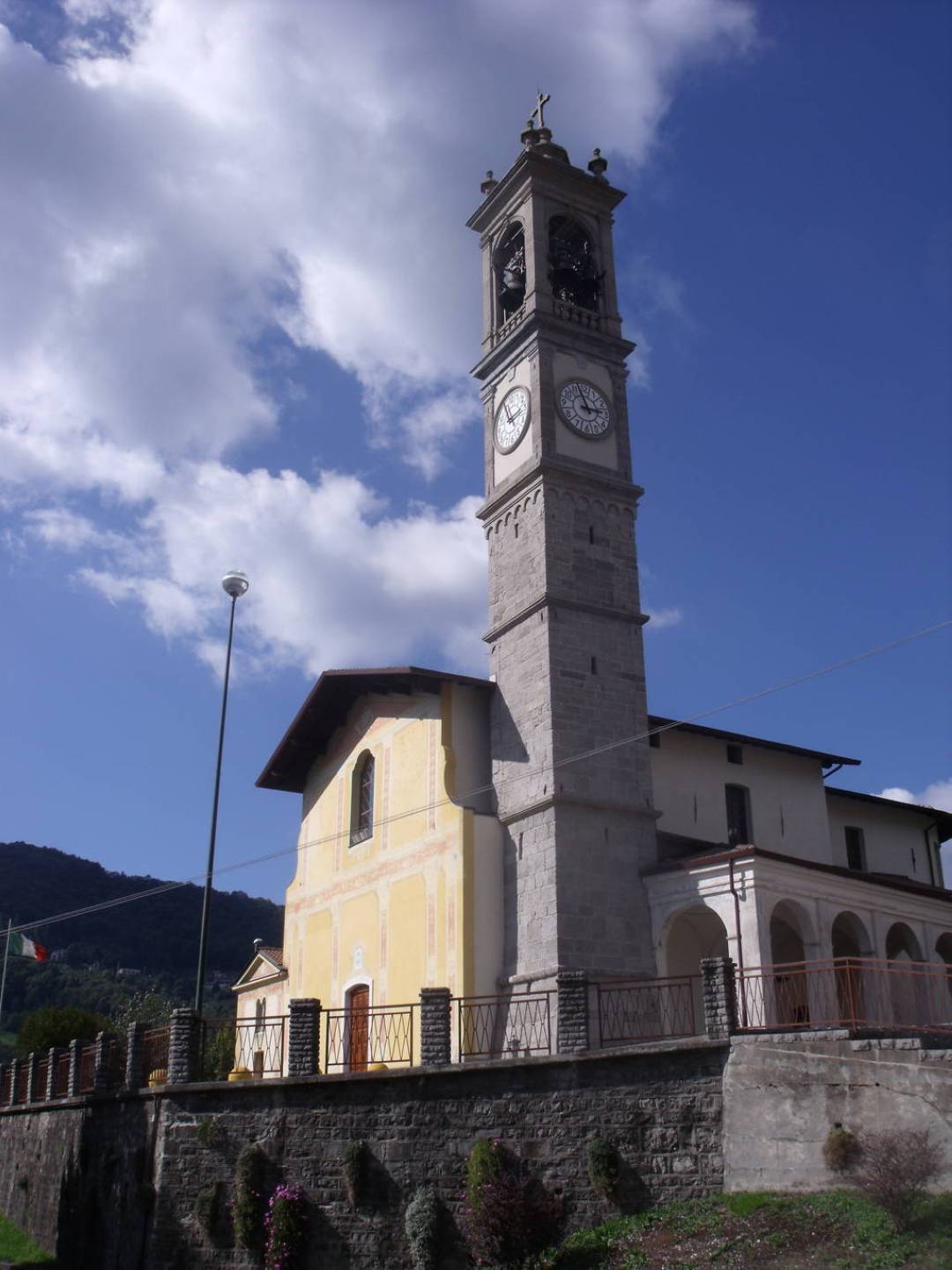
The location is a small agricultural village of ancient origin, which has always consisted of a municipality and parish. The village became a hamlet of Costa Serina by order of Napoleon, but the Austrians annulled the decision upon their arrival in 1815. After the Unification of Italy, the village grew from less than four hundred to more than five hundred inhabitants. During the Fascist regime, the decision was taken to suppress the municipality, uniting it with Algua di Costa Serina. The parish church, dating back to 1761, had already been the centre of the community from 1456. A plaque set into the side door bears the monogram of Christ and the inscription Ave Maria (Hail Mary) with the date 1510 and bears witness to the earlier building dedicated to Santa Maria della Lanchetta (Our Lady of the Pool). Inside there are some timber works, with a 16th-century polyptych, various statues of saints, frescoes and paintings by local artists who have remained anonymous.
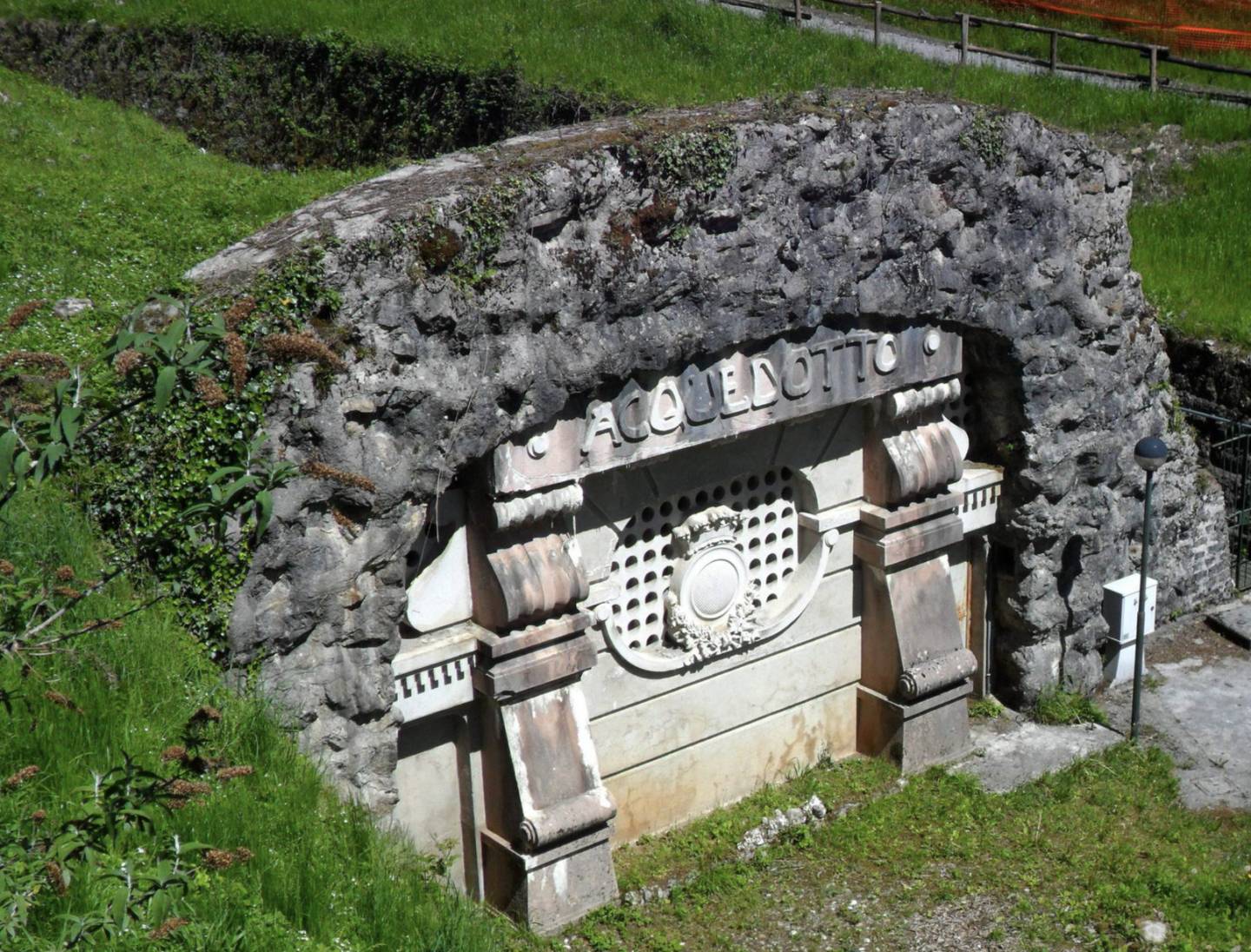
The water course supplying the Algua aqueduct arrives from the Algua springs in the Serina valley, with an average flow rate of 600 l/s, and reaches the Sant’Agostino reservoir located in the higher part of the city of Bergamo. The intake building is in classic Art Nouveau style, dated 1912, at the side of the road to Serina. For years, and still today, it has supplied the city of Bergamo with water.
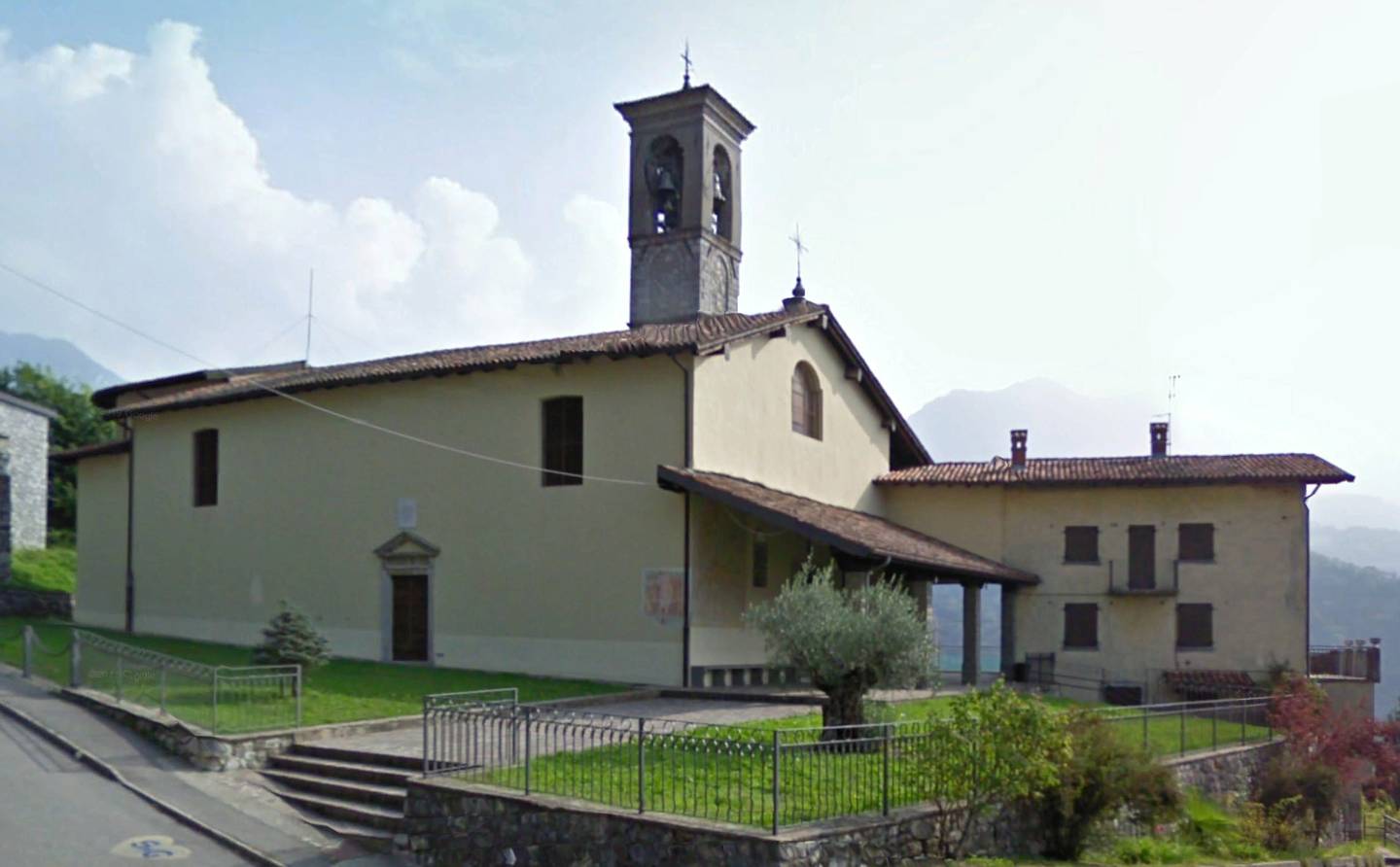
The hamlet is built on clearings and areas of flat ground constructed centuries ago on the mountainside by using dry stone walls, amidst a series of steep ridges (costa dè spigol – sharp ridge, or costa del rat, a ridge as smooth and steep as a rat’s back), with steep, thick woods on either side that descend into small valleys cloaked in dense vegetation (la macla or macchia di bosco, woodland maquis) and a large pine forest running down to the small lake of Algua, created by the Acquedotti Civici di Bergamo (Bergamo Civic Aqueducts), an institution that has owned the entire spring area since the 1920s, specifically to protect the springs.
The name Pagliaro apparently means, according to one theory, in a more closely etymological interpretation, ancient village, castle, fortification or temple; another hypothesis, based on more recent Curia texts, suggests that it is derived from the Latin Palearum or Palearium, in dialect Paer, meaning haystack, or more precisely, a place where pack animals can be foraged. Both meanings, however, are linked to the characteristics of the village, built of stone on the rocky spurs of the mountain, and with functions of a farming village, a place for gathering hay or fodder for pack horses or mules, travelling on the mule tracks that converged at Pagliaro.
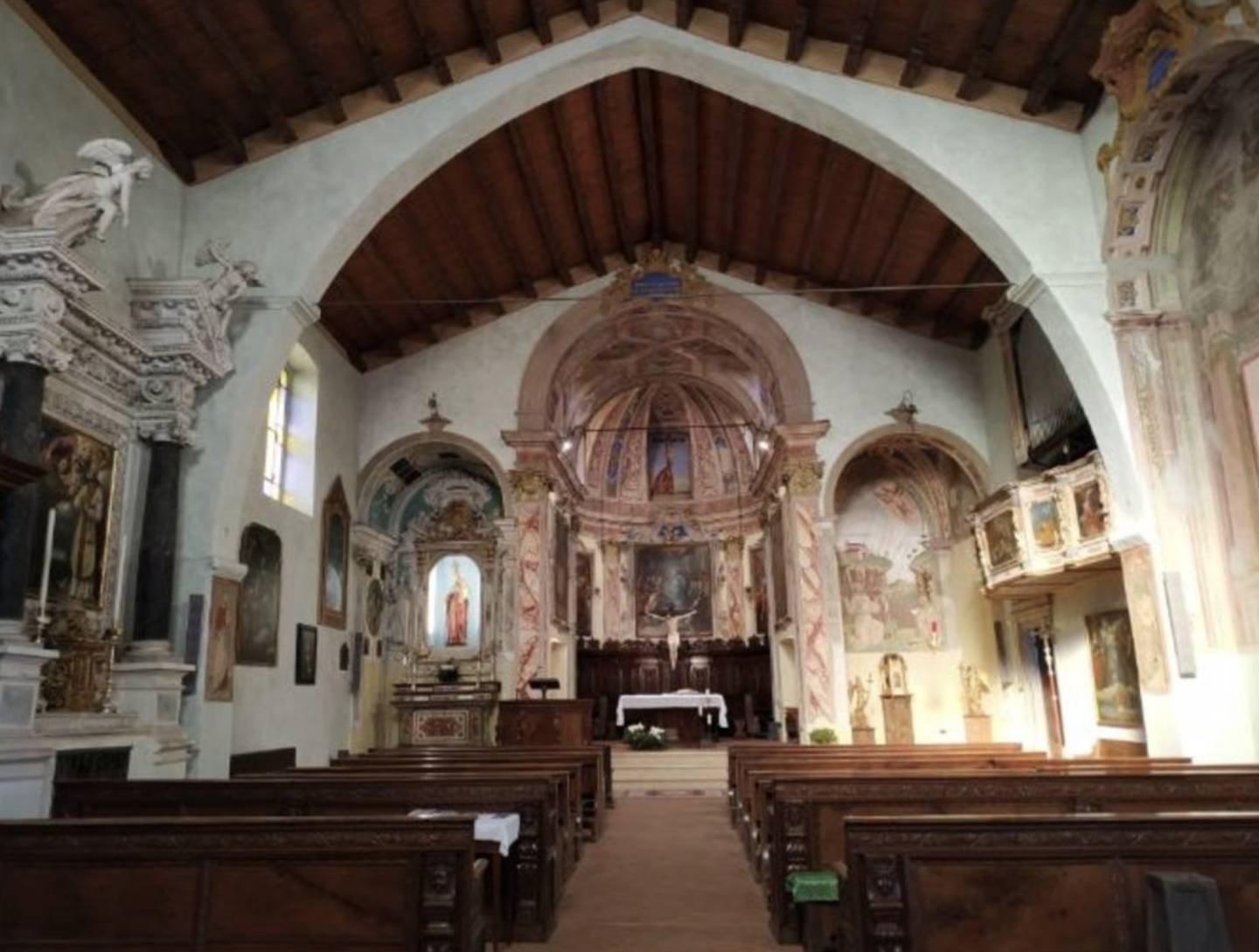
Consecrated in 1465 on the site of an ancient oratory with apse, which was restored in 1948 and now serves as the Baptismal Font with walls and vaults frescoed by Maffiolo da Cazzano in the second half of the 15th century. On the east side, a 16th-century door can be seen next to the bell tower and, above it, a single-lancet window in stone, like the two clearly visible on the façade. On the interior pillars, there are frescoes of Saint Liberalis and Saint Bartholomew on the left and Saint Peter of Verona on the right, while the two pilasters next to the presbytery bear traces of frescoes ruined by stucco and plasterwork added in the 16th and 17th centuries. The carved wooden choir is a work from the 18th century, signed by one “Giov. Lazzaro”. To the left of the presbytery is the altar of Our Lady of the Rosary, mentioned in a parchment dated Rome 1615. On the right-hand side, the altar of Saint Francis is gabled, because the entire building is Franciscan in style. It was mentioned in a letter by painter Lorenzo Lotto in Venice, addressed to Pre’ Ieronimo, parish priest of Pagliaro, but it was a work that the great artist did not actually make. The ground floor of the present 18th-century rectory preserves a 15th-century portico and two monastic cells suggesting the existence of an ancient hermitage or monastery. The open space in front of the church has five funerary arks containing remains of bones.
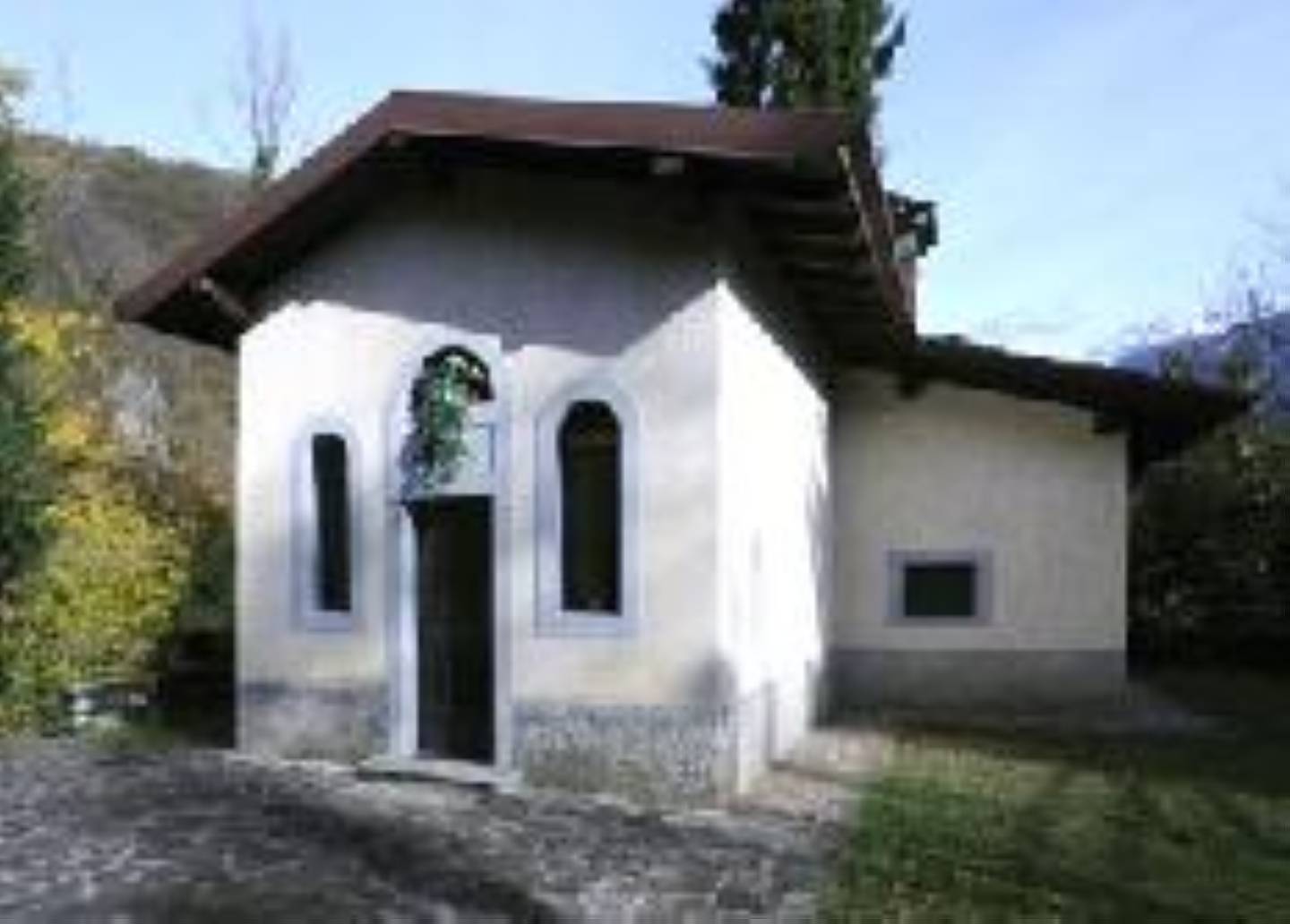
Situated lower down with respect to the road, the church with its apse facing northwest is surrounded by a small churchyard paved partly with stone slabs and partly with grass. The façade is plastered and has an entrance at the centre, raised by one step, with a stone surround and flanked by arched windows also framed in stone. The interior has a single nave, divided into two bays by a round arch and roofed with a flat ceiling. The walls are plastered and decorated. The presbytery is raised by one step and has a barrel vault above. On the back wall there is a painting of the church’s patron saint. On the right-hand wall of the second bay there is an entrance leading to the sacristy.
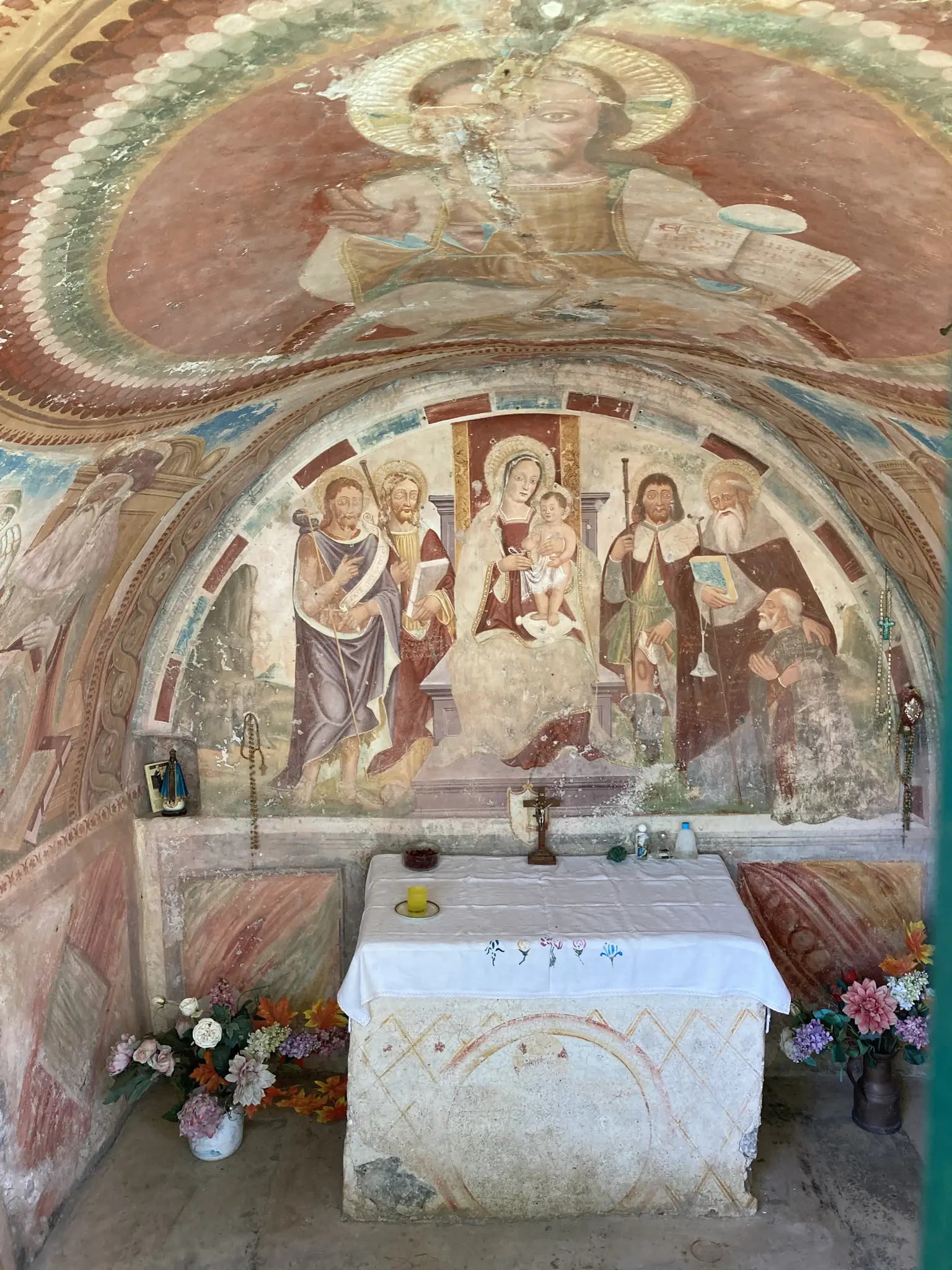
This trebulina is a small chapel dating back to the 16th century. It is located outside the village, on the side of the ancient road Via Mercatorum (Mercatorum Way). It dates back to the same period as the Church of Corpus Domini in Pagliaro and the Church of the Ascension in the hamlet Ascensione. It has beautiful frescoes depicting the Madonna and Child and Saints, including Saint Roch and Saint John the Baptist. On the vault is a Christ “Pantocrator”, with the Evangelists at the sides. In the entrance arch, the prophets are depicted. The Trebulina expresses the history and faith of the people of Frerola. Here, in difficult times, mothers (when their husbands or children had departed for work or war) prayed and trusted in the mercy of the Mother of God. Emigrants had the habit of writing their names in pencil here before leaving for foreign countries.
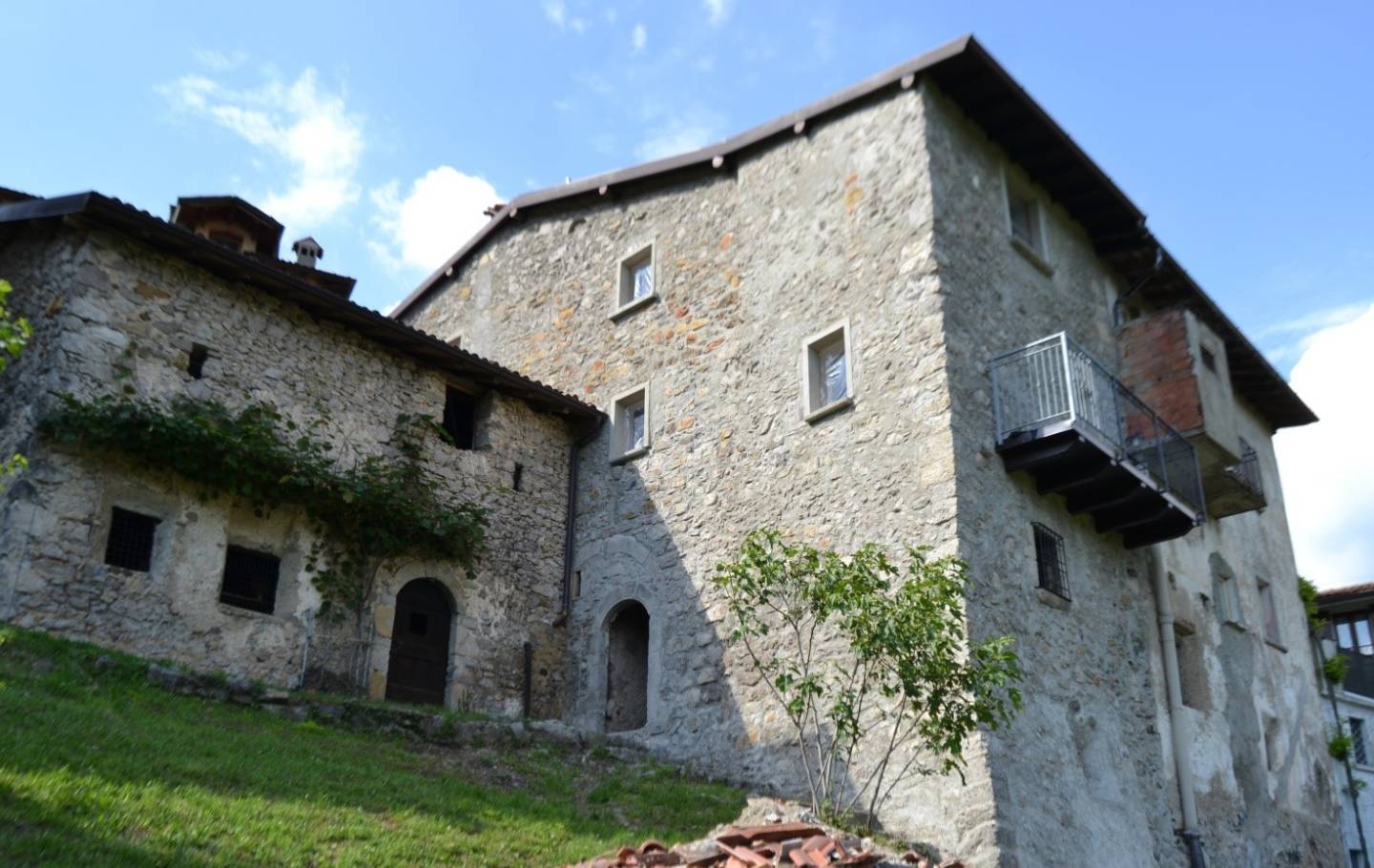
Frerola, one of the four hamlets of Algua, located at 700 metres height on the right bank of river Serina, comprises three groups of houses: Frerola Alta (“Upper Frerola,” the ancient Frerola), Frerola Bassa (“Lower Frerola”, a hamlet once known as Caravizio), and Rosolo. As early as the 16th century, Frerola was known as a “barren village” of just wheat and chestnuts. That is why people emigrated from here, especially towards Venice. But emigration has always been a part of the lives of families living in Frerola. In the 19th century, emigration was mainly to the Americas, while in the 20th century the destinations were France and Switzerland. Even today, the most widespread card game here is “Truco”, imported by emigrants returning from Argentina. A historical figure from Frerola is Giovanni Cavagna (1840-1918), an expert and well-respected organist and composer of sacred music. In Frerola Bassa (Caravizio), there are the remains of fortified buildings and a monastery. It is well worth seeing the fresco of the Madonna and Child painted in striking colours on the wall of a building. Frerola was a municipality (with Pagliaro) until 1927. Some scholars trace the name’s etymology to “small forge” (fréra) with the addition of the dialectal diminutive öla. The name in Bergamo dialect is Fredöla, and the nickname used by the people of Frerola is Braghì. In 1500 there were 155 inhabitants, in 1816 90, in 1859 there were 197, while today 122 people live there in 52 households. In the church there is a fine altarpiece depicting Saint John the Baptist baptising Jesus in the Jordan and an ante litteram “Sacred Heart” by Vincenzo Angelo Orelli. The Cancello della memoria (Memorial Gate) is a work of art by E. Sartori, on the door of the parish hall.